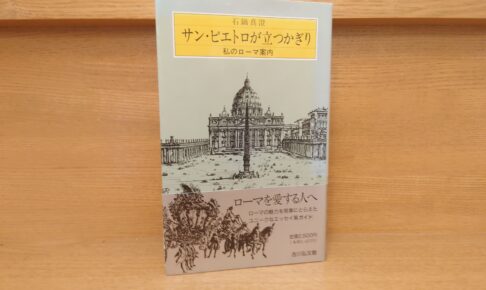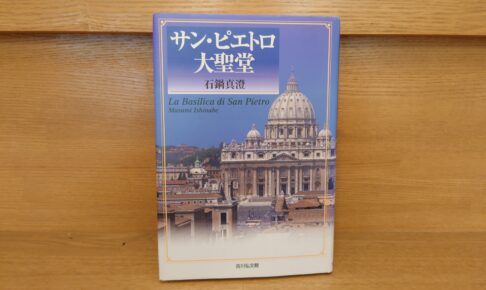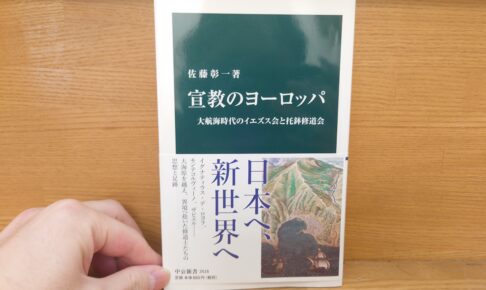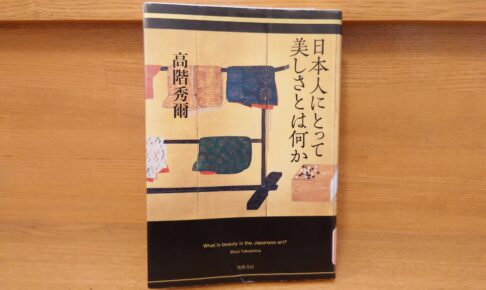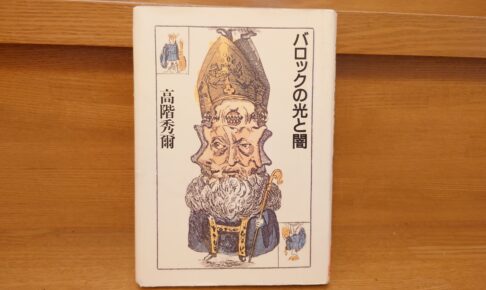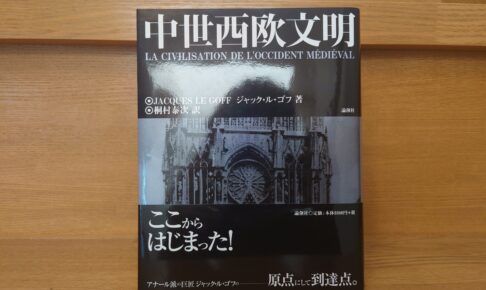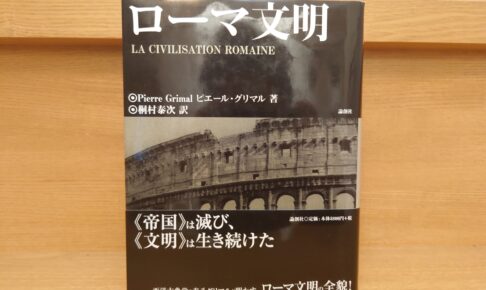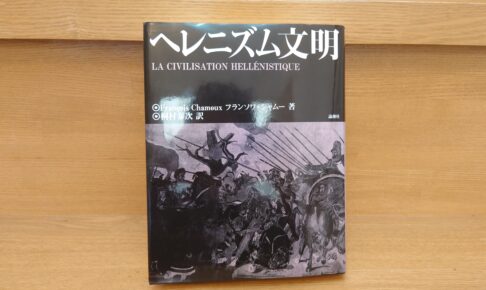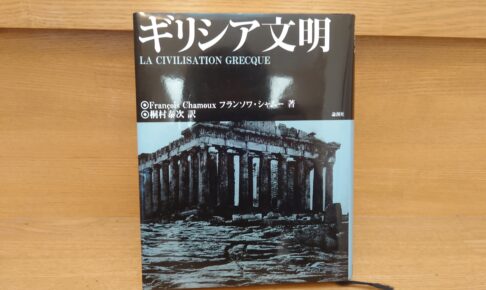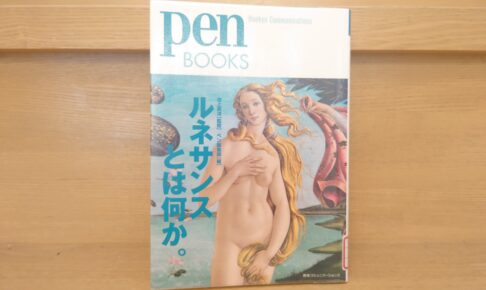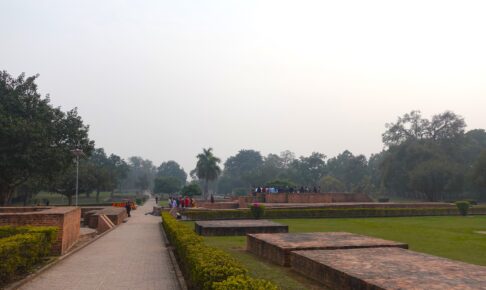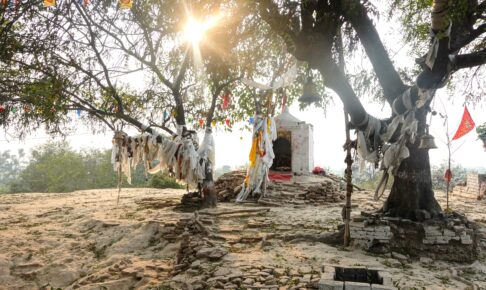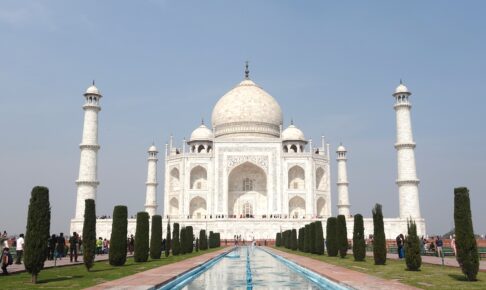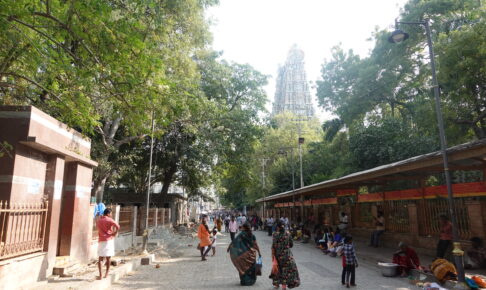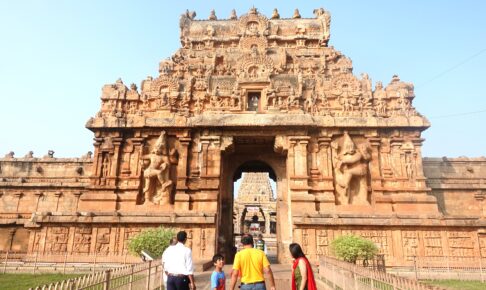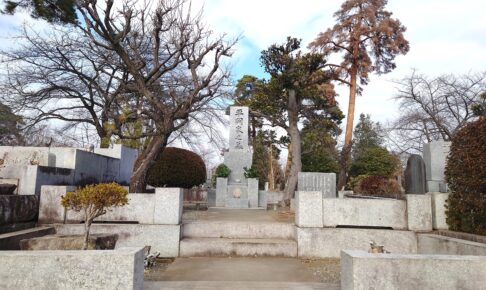Masumi Ishinabe, "As Long as St. Peter Stands: My Guide to Rome" - The most comprehensive guidebook to Rome, covering art, history, religion, and everything else!
This book is the best!
There is probably no better work to appreciate the charms of Rome! It is such a wonderful work.
The reader who has discovered the charms of Rome through this book is sure to be awakened to a passionate spirit of travel."
This is exactly what it is! This book makes me want to go to Rome so badly!
The book offers an exciting and masterful commentary throughout.
The depth and breadth of the area is nothing short of astonishing. We assure you that your vague view of Rome will change.
The best Rome guidebook, here's the best of the best!
We highly recommend this product!












